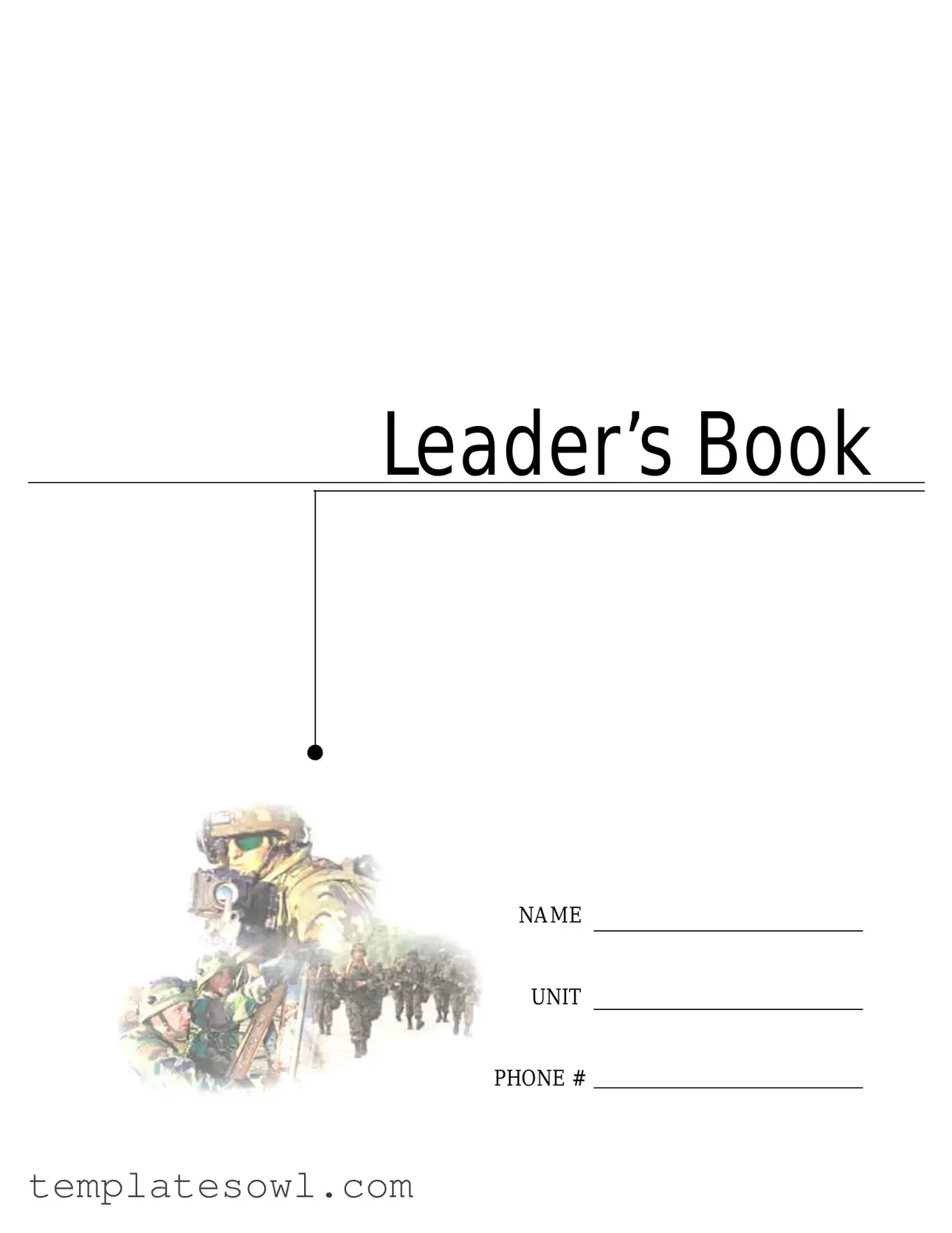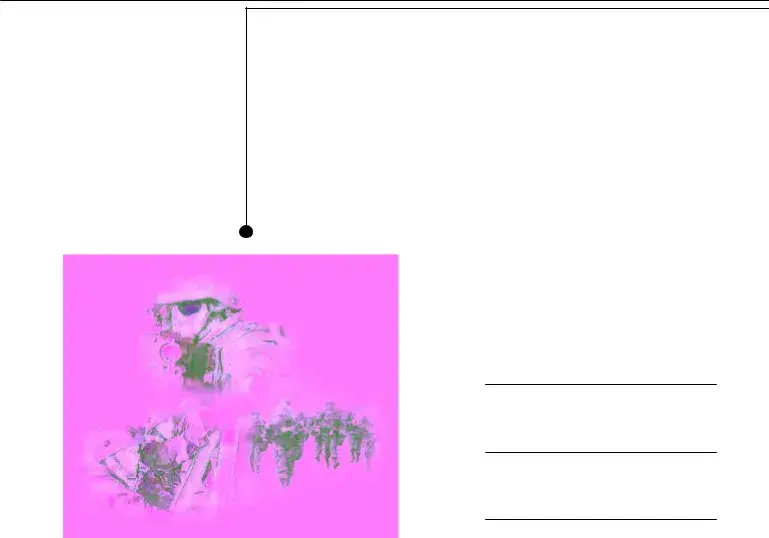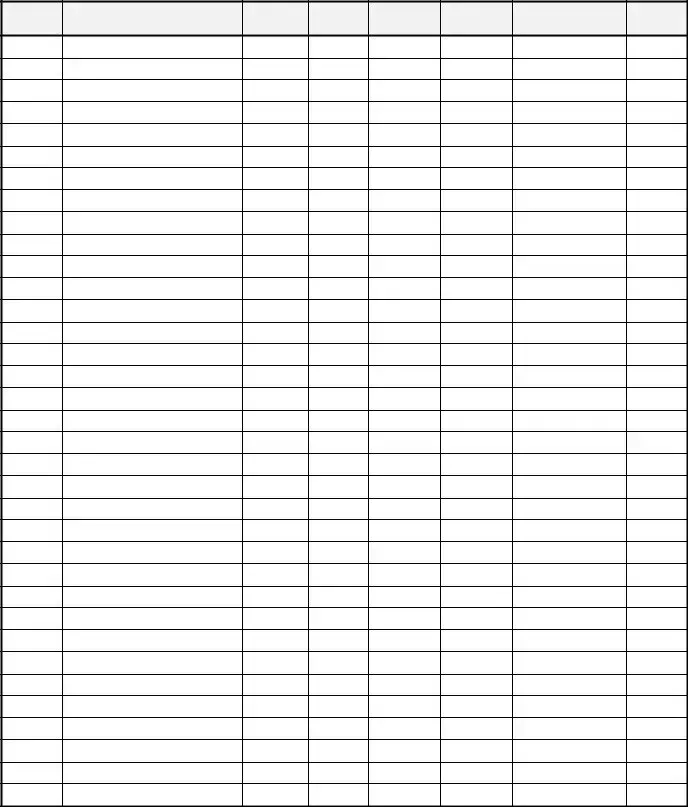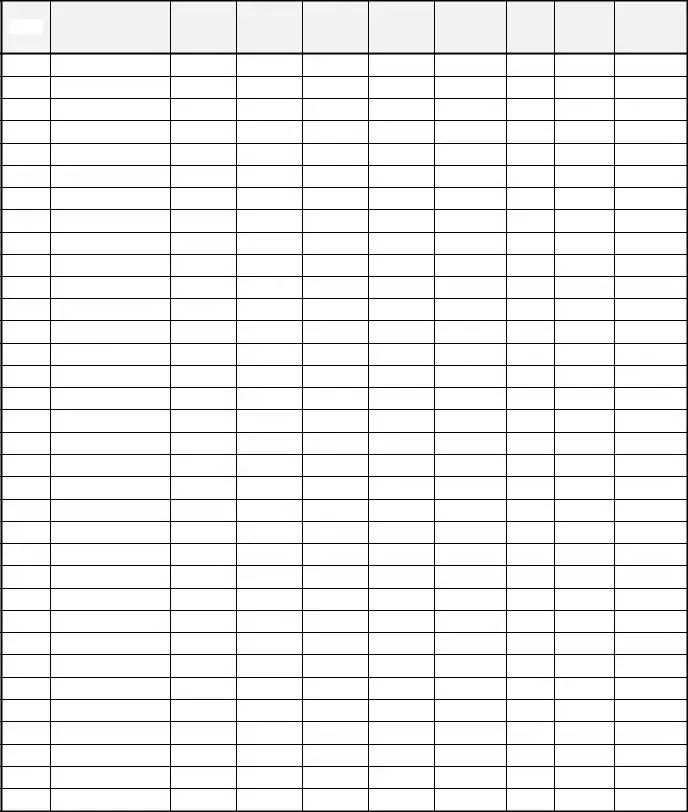What is the Army Leaders Book form?
The Army Leaders Book form is a document used by Noncommissioned Officers (NCOs) to manage and maintain essential information about soldiers under their leadership. This form includes personal data, training management, scheduled events, and key contacts within the military unit. It serves as a tool to enhance communication, accountability, and organization in a military setting.
Who is required to use the Army Leaders Book?
Noncommissioned Officers are primarily required to use the Army Leaders Book. As leaders, they utilize this form to compile information that aids in their responsibilities, such as monitoring soldier welfare, tracking training progress, and fulfilling duty assignments. The form also helps NCOs provide superior leadership and maintain soldier readiness.
What information is included in the Army Leaders Book?
The Army Leaders Book contains several important sections. Key elements include personal data about soldiers, equipment data, training management, and a chain of command. Additional sections address scheduled events and relevant references to support NCO functions. There is also a soldier’s privacy statement to ensure confidentiality regarding personal information, such as Social Security Numbers.
How does the Army Leaders Book support soldier welfare?
The Army Leaders Book enhances soldier welfare by ensuring that NCOs have access to vital information regarding each soldier's status and needs. By keeping track of daily personnel status, counseling sessions, and unresolved soldier issues, NCOs can address concerns promptly. This structured approach fosters a supportive environment where soldiers feel valued and cared for.
What is the significance of the Creed of the Noncommissioned Officer in the form?
The Creed of the Noncommissioned Officer is a key component of the Army Leaders Book. It outlines the values and responsibilities that guide NCO conduct. This creed emphasizes professionalism, loyalty, leadership, and integrity. By including it in the form, NCOs remind themselves and their soldiers of their commitment to uphold these principles daily.
How is soldier privacy protected in the Army Leaders Book?
Soldier privacy is protected through a Privacy Act statement included in the Army Leaders Book. This statement grants authorized personnel permission to maintain soldiers' personal information and outlines the conditions under which this information may be disclosed. The form establishes clear boundaries to ensure sensitive data remains confidential, thereby maintaining trust between soldiers and leadership.









